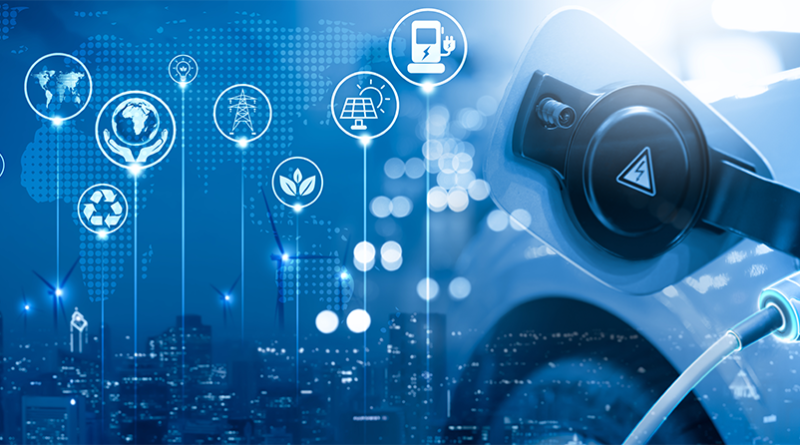Tesla Massive ‘GigaCasting’ U-Turn
Tesla, the electric vehicle (EV) pioneer known for its relentless innovation, has recently taken a significant strategic turn by retreating from its highly ambitious next-generation gigacasting manufacturing process. This move signals a pivotal moment in Tesla’s journey toward streamlining vehicle production and cost reduction. Gigacasting, once hailed as a revolutionary approach in automotive manufacturing, promised to simplify the construction of vehicle bodies by reducing the number of individual parts and assembly steps. However, a confluence of technical, financial, and strategic challenges has led Tesla to reconsider this bold endeavor, shedding light on the intricate dynamics of the EV manufacturing landscape.
The Promise and Reality of Gigacasting
Gigacasting technology was introduced by Tesla as a groundbreaking method to produce large vehicle parts in a single, seamless piece. The innovation was set to revolutionize automotive manufacturing by significantly cutting down on the number of components required to assemble a car, thereby streamlining the entire production process and reducing both time and costs. Gigacasting machines, touted as the largest of their kind, were designed to cast substantial sections of the vehicle’s structure, such as the rear underbody of the Model Y, in one go. This approach was expected to eliminate hundreds of smaller parts, minimize the need for complex welding and joining processes, and enhance the overall structural integrity of the vehicles.
Tesla’s vision for gigacasting was ambitious. By deploying this technology, the company aimed to revolutionize its manufacturing process, achieving unprecedented levels of efficiency and cost-effectiveness. The reduction in parts and simplified assembly lines were anticipated to not only speed up production but also significantly lower manufacturing costs, thereby making EVs more affordable and accessible to a broader market.
Traditional automotive manufacturing involves the labor-intensive assembly of numerous smaller parts to construct a vehicle’s body. This method, while established and reliable, is time-consuming and costly due to the complexity of assembling and welding multiple components. Gigacasting, on the other hand, sought to streamline this process by creating large sections of the vehicle in a single cast, thereby reducing the number of individual parts and simplifying the assembly line.
Challenges Leading to the Retreat
Despite the promising advantages, Tesla encountered several significant challenges that ultimately led to its decision to retreat from gigacasting. One of the primary technical issues was the occurrence of defects in large castings. Producing a single large piece without imperfections proved more difficult than anticipated. Issues such as material inconsistencies and the potential for cracks or weak points in the castings raised serious concerns about the reliability and safety of the components.
Financially, the gigacasting initiative presented substantial challenges. The initial investment in gigacasting machines and the associated setup costs were extremely high. While the long-term goal was to reduce costs, the immediate financial burden was considerable. Moreover, the expected savings from reduced labor and simplified assembly processes did not fully materialize, making the financial viability of gigacasting less compelling.
Strategically, Tesla may have chosen to reallocate its resources towards other innovative manufacturing techniques or upcoming vehicle models. As the company continues to expand and evolve, maintaining agility and adaptability in its production methods is crucial. Tesla’s retreat from gigacasting likely reflects a broader strategic realignment aimed at optimizing its manufacturing processes and focusing on areas with more immediate and tangible benefits.
External factors also played a significant role in Tesla’s decision. The intensifying competition in the EV market, evolving regulatory requirements, and shifting consumer preferences all necessitate a high degree of flexibility in manufacturing strategies. Tesla’s ability to respond swiftly to these dynamic external pressures is vital to maintaining its competitive edge. The retreat from gigacasting underscores the company’s responsiveness to these external challenges and its commitment to strategic adaptability.
Implications for Tesla and the EV Industry
In the short term, Tesla’s production plans may require adjustments. The retreat from gigacasting could lead to delays or modifications in the production timelines for certain models. However, Tesla’s renowned ability to innovate and adapt may mitigate significant disruptions, ensuring that the company continues to meet its production goals.
Long-term, Tesla’s market position and competitive edge in the EV space might experience nuanced shifts. While gigacasting was a bold and innovative move, its retreat does not necessarily denote a setback. Instead, it reflects Tesla’s commitment to continuously optimizing its manufacturing strategies to ensure the highest standards of quality and efficiency. This strategic pivot could ultimately strengthen Tesla’s position by focusing on more viable and effective production methods.
Industry experts and analysts have offered mixed reactions to Tesla’s decision. Some view it as a prudent move to address the technical and financial challenges associated with gigacasting, while others perceive it as a temporary setback in Tesla’s innovative trajectory. The broader automotive and manufacturing industries may also experience ripple effects as other companies evaluate the feasibility and potential of gigacasting technology. This decision could prompt a reevaluation of large-scale casting methods across the industry, influencing future manufacturing trends and innovations.
Tesla’s retreat from next-generation gigacasting underscores the complexities and challenges of pioneering new manufacturing technologies in the highly competitive and rapidly evolving EV industry. While gigacasting presented significant potential benefits, the practical hurdles and strategic realignments have led Tesla to reconsider its approach. As Tesla continues to innovate and adapt, its decisions will undoubtedly shape the future of automotive manufacturing and the broader EV landscape.
